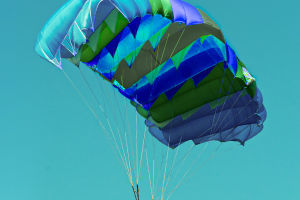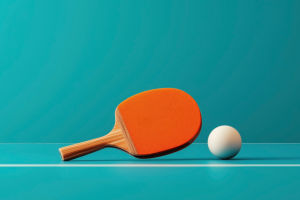Rowing is often considered one of the ultimate team sports, requiring synchronized efforts to achieve peak performance.
The coordination between team members in a rowing boat is the foundation of success, where every stroke and movement must align in perfect harmony.
Rowing, unlike other team sports where individual players may stand out, demands that all athletes work as a single unit. This unity is critical in ensuring speed, balance, and endurance across the water.
At the heart of coordination in rowing is synchronization. Each member must pull their oar in unison, matching both the timing and force exerted by their teammates.
When one rower is out of sync with the others, the boat will not move efficiently, causing it to lose momentum and create drag. A well-coordinated crew can generate power consistently, pushing the boat smoothly through the water.
This synchronization is often referred to as “swing,” where the boat feels weightless, and the crew operates seamlessly as one.
Achieving synchronization begins with the stroke rower, who sets the pace for the rest of the team. Every member must follow the stroke rower's lead, matching their movements exactly.
Whether it's the length of the stroke, the timing of the catch (when the oar enters the water), or the drive phase (the power applied through the legs and arms), everything must be in sync. This creates an efficient and powerful motion that propels the boat forward with minimal wasted energy.
The coxswain plays a pivotal role in maintaining coordination and strategy. While the rowers focus on their strokes, the coxswain is responsible for steering the boat, giving commands, and motivating the team. They must communicate clearly, offering real-time feedback on timing, stroke rate, and race strategy.
The coxswain ensures that the rowers stay synchronized, adjusting the pace and rhythm as needed to keep the boat moving efficiently. In the absence of a coxswain, usually in sculling boats, the rowers themselves must rely on keen awareness and visual cues to stay coordinated.
Each rower has a specific role within the boat, with seat positions reflecting different responsibilities. The stroke rower at the stern sets the rhythm, while the bow rower helps balance the boat and reacts to changes in the water.
Middle rowers, often referred to as the “engine room,” provide the raw power to drive the boat forward. Coordination between these positions is vital, as rowers must adapt their efforts depending on their seat and the needs of the team at any given moment.
While physical coordination is crucial, mental coordination is equally important. Rowing demands immense focus and trust among teammates. Every crew member must be fully aware of their position, the boat's movement, and the subtle adjustments needed to maintain alignment with their team.
This mental aspect of rowing is cultivated through hours of practice, where rowers learn to anticipate each other's movements and react instinctively.
Team drills, such as rowing in pairs or fours, are often used to develop coordination. These exercises help rowers build muscle memory and refine their timing.
Communication is also a key factor, as rowers need to provide feedback to each other to make small adjustments that keep the boat balanced and in sync.
Ultimately, the success of a rowing crew depends on their ability to function as a cohesive unit. Individual strength and endurance are important, but without coordination, these attributes cannot be fully utilized.
A well-coordinated team not only moves faster but also conserves energy, enabling them to maintain peak performance over long distances.
Coordination is the backbone of rowing. It transforms individual rowers into a unified team, allowing them to achieve more together than they ever could alone.
By focusing on synchronization, role responsibilities, and both physical and mental discipline, rowing teams can harness the full potential of their collective power.


